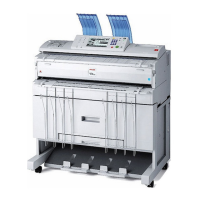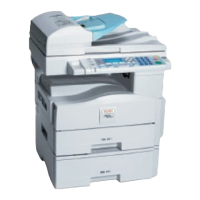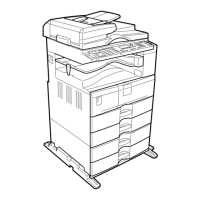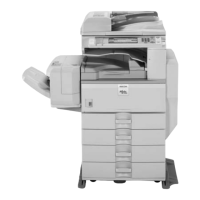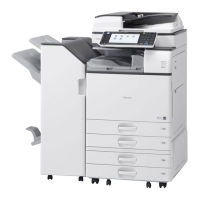Password Policy
This can be specified by the user administrator.
The password policy setting is effective only if [Basic Auth.] is specified.
This setting lets you specify [Complexity Setting] and [Minimum Character No.] for the password. By
making this setting, you can limit the available passwords to only those that meet the conditions
specified in [Complexity Setting] and [Minimum Character No.].
If you select [Level 1], specify the password using a combination of two types of characters selected
from upper-case letters, lower-case letters, decimal numbers, and symbols such as #.
If you select [Level 2], specify the password using a combination of three types of characters selected
from upper-case letters, lower-case letters, decimal numbers, and symbols such as #.
• Level 2
• Level 1
• Off
• Minimum Character No. (0)
@Remote Service
Communication via HTTPS for @Remote Service is disabled if you select [Prohibit].
• Prohibit
• Do not Prohibit
Update Firmware
This can be specified by the machine administrator.
Specify whether to allow firmware updates on the machine. Firmware update means having the service
representative update the firmware or updating the firmware via the network.
If you select [Prohibit], firmware on the machine cannot be updated.
If you select [Do not Prohibit], there are no restrictions on updating the firmware and any user can
perform updates.
• Prohibit
• Do not Prohibit
Change Firmware Structure
This can be specified by the machine administrator.
Specify whether to prevent changes in the machine's firmware structure. The Change Firmware
Structure function detects when the SD card is inserted or removed and when an SD card for a different
machine model has been inserted.
If you select [Prohibit], the machine stops during startup when a firmware structure change is detected
and a message requesting administrator login is displayed. After the machine administrator logs in,
the machine finishes startup with the updated firmware.
6. Specifying the Extended Security Functions
244

